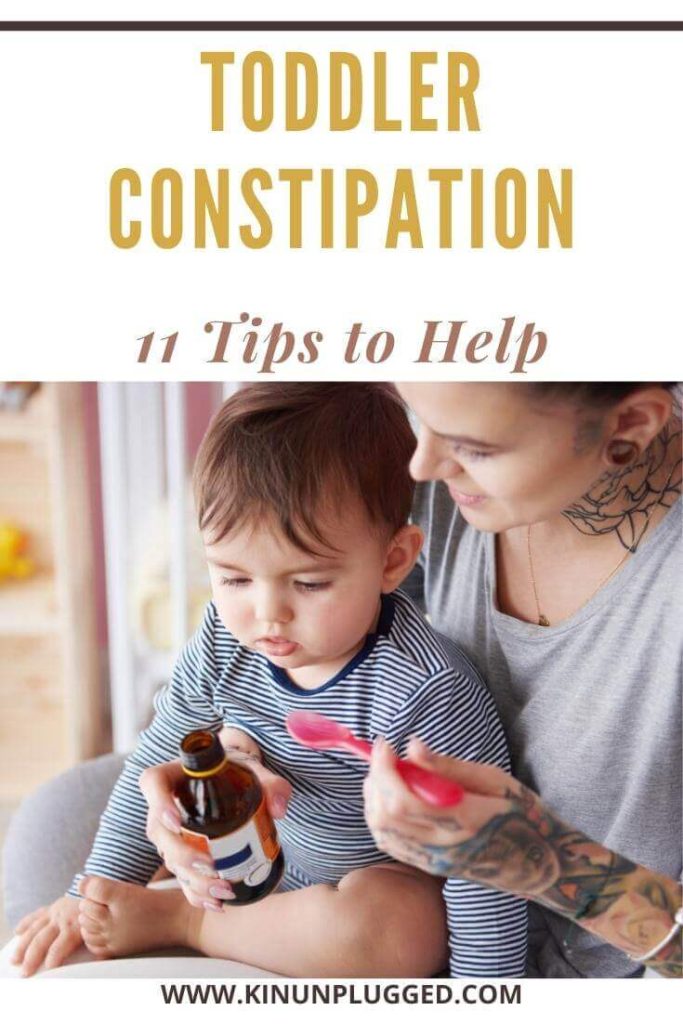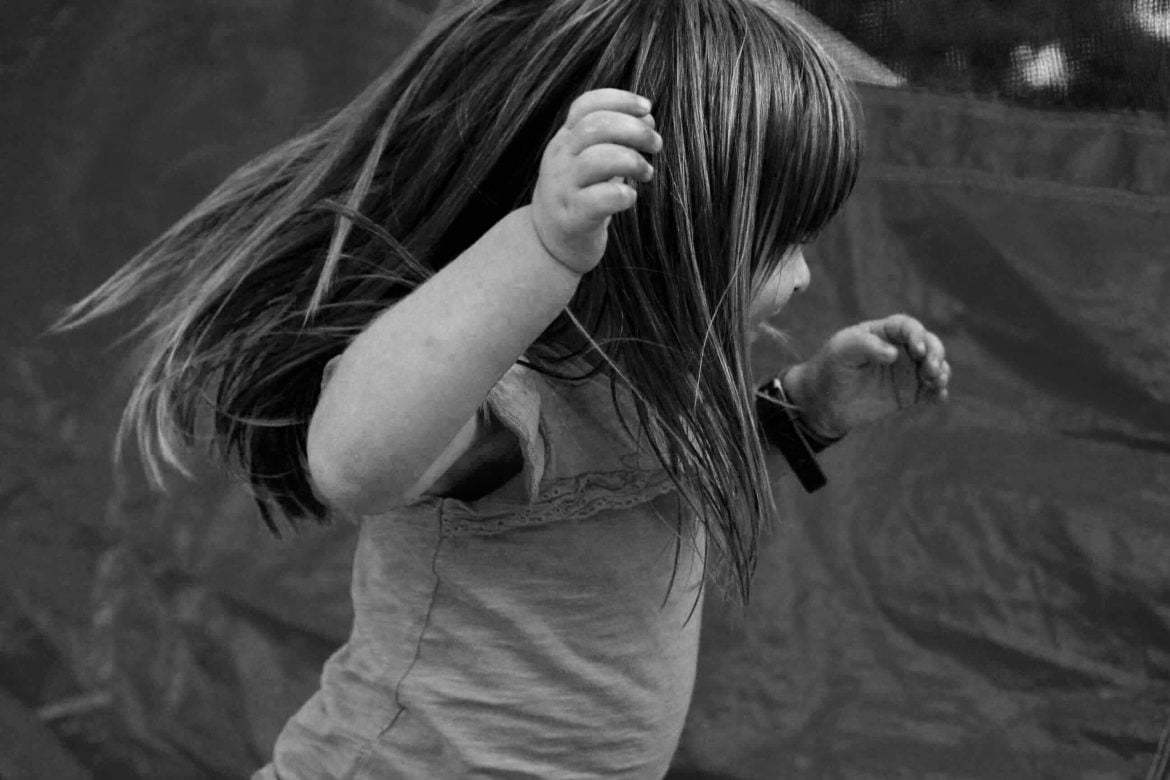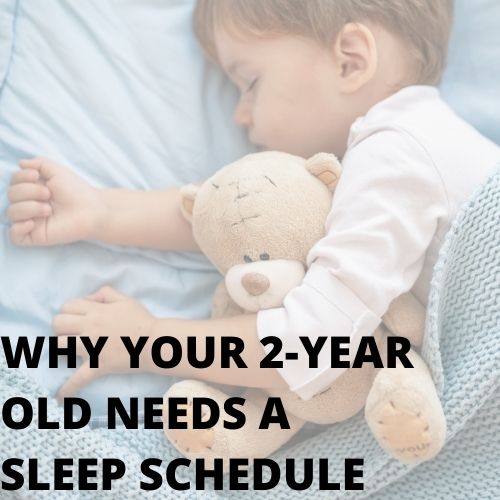I’ve got a busy toddler. She pops up awake around 6am and it’s non-stop from then on. Toddlers don’t have time for a lot of things because they’re too busy discovering the world. Sometimes, one of those things is pooping. Chronic constipation can result from this refusal to sit still longer than a minute.

Chronic constipation can also be caused by a child having periods of painful pooping at one point and therefore becoming scared of the act of pooping. There’s also the possibility that their diet is not iron-rich enough or doesn’t contain sufficient roughages. Of course there are more serious causes of chronic constipation such as Crohn’s disease that I won’t go into here but watching them in crying and in pain as they poop or wiping blood from their bums is heartbreaking. It is also an interruption for starting or continuing potty training**. You may find yourself racking your brains as to the cause. As with anything to do with infants and toddlers, a lot of it is a guessing game as they may not be able to communicate very well but here are eleven things you can try for your toddler with chronic constipation while consulting with your doctor.
1. Lactulose*
This is a stool softener that fortunately doesn’t go anywhere else except into the bowel. When they do poo, it makes it easier for them to pass the stool and this will also hopefully take away the fear of pooping for them which only compounds chronic constipation. It’s available over the counter in England and Germany but you should ideally discuss it with your doctor before use. The dosage may need to be adjusted with time.
2. Prune juice
This has a laxative effect for most. Don’t substitute it for water though. Always keep at the water. If your toddler does not seem to like the taste of prune juice, try mixing it with another juice that you know they like.
3. Glycerin suppositories
These may make it easier for your toddler to poo, especially after not going for a while. That’s because it makes it a bit easier for harder poo to come out of the anus. It can be used in conjunction with lactulose.
4. Fibre-rich foods
Offer lots of whole grain bread, fruits and vegetables. If you’ve got an especially fussy eater, try as many different kinds of fruits and vegetables as you can lay your hands on until you find one or two that you know they’ll at least take a bit of and persistently offer those once a day or more. Think of it as their medicine, if you must. Anything to help you remember. In some cases, fibre rich foods may aggravate the situation. Some paediatricians may ask you to forget about fibre until a much later date as it may only lead to harder stools for your toddler to pass. Please be sure to consult with your doctor when it comes to ramping up your toddler’s fibre intake.
5. Keep a food diary
Document everything they eat for up to a month to see which days they do manage to poo easily – with or without other measures being taken – and what they are on the days that they did.
You may also like:
6. Cut out dairy
Remove things like cheese, milk, ice cream and chocolate from their diet for up to a month and, recording it in your food diary, see if it makes any difference.
7. Tummy massages
A gentle clockwise motion stomach massage a couple of times a day can help to move things along. That’s if your toddler will sit still long enough for it but it doesn’t have to be longer than two minutes.
8. Increased frequency of going to the toilet or potty
If they’re potty trained or training, is to encourage them to at least try to go more often throughout the day. It’s also to remind them that as busy as they are, pooping should be a normal part of their day.
9. Loo distractions
Some toddlers may need something to keep them on the potty for a while. Consider reading them a story, giving them crayons and a sheet of paper, or designate specific toys for the toilet. Not only will that keep them on for longer but it might also make going to the toilet a bit more of a fun experience. Watch closely though, and make sure the distractions are not distracting them from actually doing what they’re there to do!
10. Get them to use a footstool
If they’re potty training, their position on the toilet may not be helpful. A footstool might help to put them in a position which makes it easier for them to do a poo.
11. Occasional hospitalisation
Some children may need to be hospitalised for up to a month to get the perfect treatment program established and going. A hospital visit could include anything from enemas to diet reviews to, in especially serious cases, surgery.
If you think you’ve tried everything and your toddler is still suffering from chronic constipation, don’t be discouraged. It’s not uncommon for it to take years to resolve. Don’t beat yourself up about potty training, for example, until regular bowel movements are established. Keep doing the right things and it will sort itself out!
*Only for use with the approval and guidance of your paediatrician
**Bear in mind that some paediatricians will discourage you from potty training before the child is 30 months or 2.5 years old anyway if regular pooping patterns have not been established by then.








4 Comments
Constipation in kiddos is a big deal and needs to be addressed quickly. As a mom and a dietitian, I appreciate the post you’ve put together! Consulting your health care team is always a great idea.
This is great that you are putting this info out there. I have a mom friend with a 2 year old that is having bouts of constipation. Gonna pass this along to her and pin this for future reference if this comes up with my 2 year old or future baby.
I m trying a potty training with my son and this problem started to be more often. I ll try your tips thanks for sharing.
Helpfully and simply put together. Thank you.